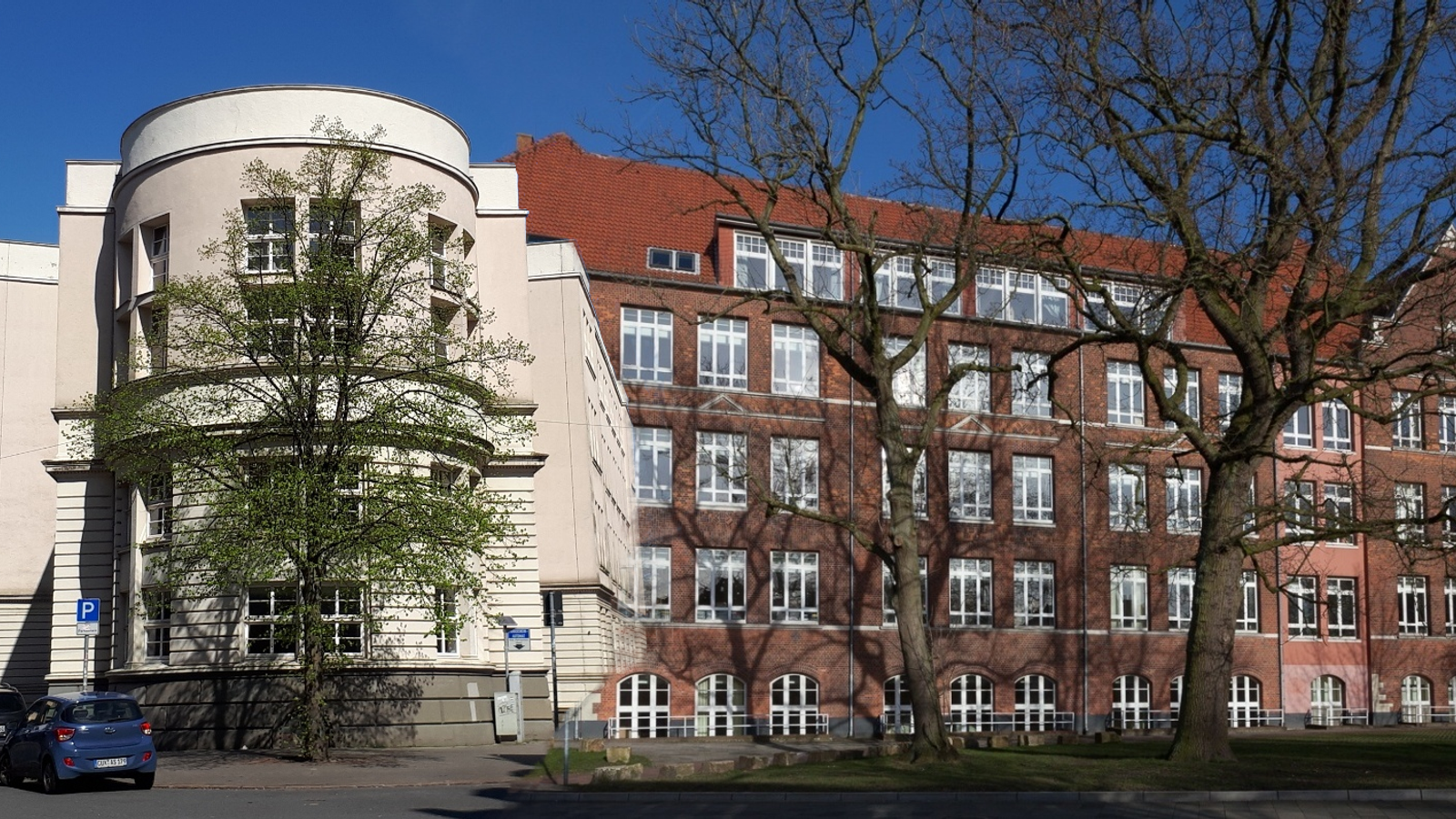Yesterday’s FOMC meeting of the U.S. Federal Reserve (FED) brought less volatility to the Bitcoin market than many experts had expected. The Bitcoin price moved in a narrow range during and after the meeting.
Ultimately, the Fed raised interest rates by 75 basis points, as expected. The FOMC statement said the Fed would “take into account cumulative tightening and lags.”
As a result, markets reacted very dovish until 30 minutes later when the Powell press conference began. First, DXY tanked after the FOMC statement and risk assets such as the S&P500 and Bitcoin saw a sharp incline in price. However, this was not to last.
During Powell’s speech, there was a major shift in sentiment that flipped the market. DXY pumped above 112 points, leading to a price decline for risk assets.

The highly anticipated speech was, all in all, pretty vacuous. The chairman of the U.S. central bank was at pains not to offer any insights into the interest rate strategy for the coming months. For every hawkish argument, he also delivered a contrary, dovish statement. Nevertheless, the market rated Powell’s statements rather hawkish.
Two key statements likely rattled the market. On the one hand, Powell said that the “final level of interest rates will be higher than previously expected,” an extremely hawkish comment that ended the rally and sent stocks into a tailspin. Crypto and Bitcoin followed down, though not as sharply.
On the other hand, the FED chairman was keen to emphasize that the institution needs to look at the data – and wait and see. Several times he emphasized that it would be “very premature” to think or talk about a pause in rate hikes.
The “Real” Decision Day For Bitcoin?
The latter statement by Powell can be interpreted that the inflation rates – Consumer Price Index (CPI) and Producer Price Index (PPI) – which will be published again on November 10, will be a very crucial day for the financial markets.
If inflation comes in higher than expected, all markets are likely to dump. If, on the other hand, a rebound and significant drop in inflation is seen, it could spark the start of a new recovery rally.
On November 10, the spotlight could be on the core CPI (change in the costs of goods and services excluding the food and energy sectors) and the PPI. In previous crises, such as the 1970s, 1980s and also 2008, the PPI was a leading indicator of trend.

The PPI always fell earlier than the core CPI and CPI because producers pass on their new prices to their customers with a time lag. Core CPI has continued to rise since July, causing the Fed to worry that inflation may be entrenched.
At the same time, however, producer prices (PPI) were already falling. Thus, there could be a good chance that core CPI is showing a downswing.
This, in turn, could lead financial markets to believe that Powell may hit the brakes in his next speech on December 14. As always, the market will try to front-run the FED. In this sense, November 10 may become an tremendously pivotal day, even though the next FOMC meeting is more than a month away.






